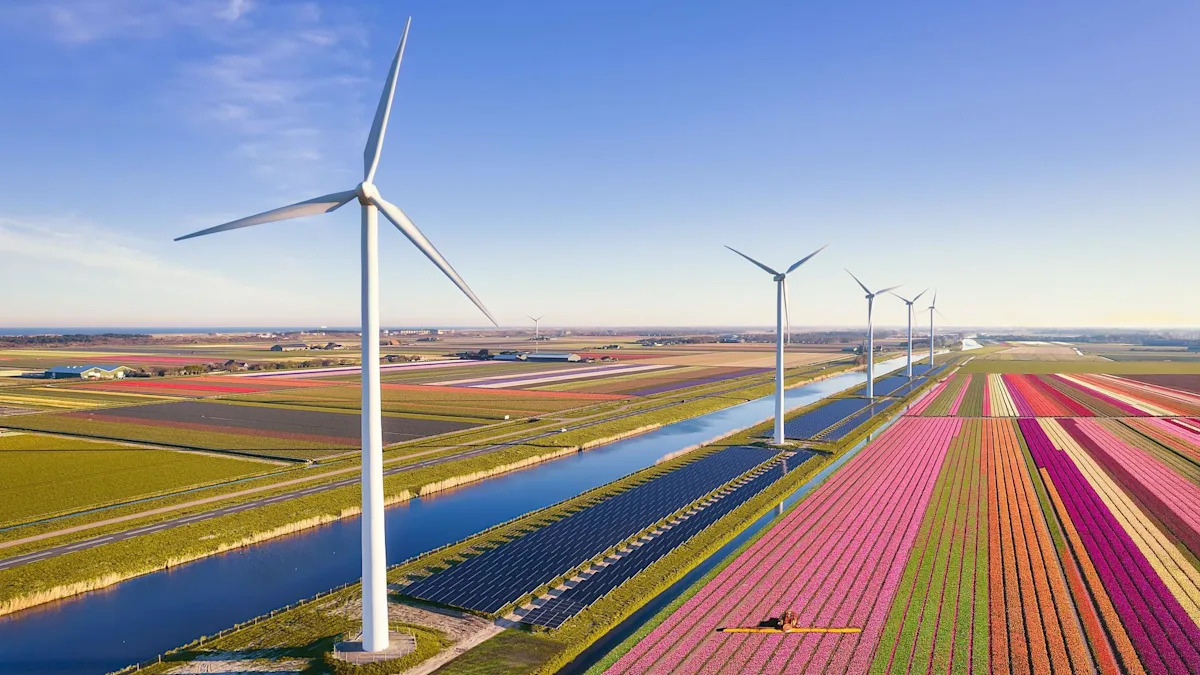Home / Business and Economy / Dutch Power Grid Buckles Under Renewable Energy Surge
Dutch Power Grid Buckles Under Renewable Energy Surge
15 Oct
Summary
- Netherlands leads Europe in solar panels and electric vehicles
- Grid congestion causes power outages, delays new connections
- Upgrading grid to cost €200bn by 2050 to meet energy transition

As of October 2025, the Netherlands, one of the most advanced economies in the world, is grappling with a significant power supply challenge. The country's enthusiastic adoption of electric vehicles and transition to renewable energy sources, primarily wind and solar, has put immense stress on its national electricity grid.
The Netherlands now leads Europe in the number of solar panels per capita, with more than one-third of Dutch homes fitted with solar panels. Additionally, the country aims to have offshore wind farms as its biggest energy source by 2030. While this shift towards sustainability is commendable, it has led to a phenomenon known as "grid congestion" - a traffic jam on the power grid.
The problem stems from the fact that the grid was originally designed for a few large, gas-fired power plants, with the network becoming increasingly smaller towards households. However, the influx of renewable energy sources, often located in the outskirts of the network, has overwhelmed these smaller power lines, leading to frequent power outages and delays in connecting new customers.
To address this crisis, the government-owned grid operator, Tennet, is planning to spend €200 billion ($235 billion; £174 billion) on reinforcing the grid, including laying 100,000 km (62,000 miles) of new cables by 2050. This massive investment is necessary to accommodate the rapid growth in renewable energy and electricity demand, which the authorities admit was underestimated in the past.
In the meantime, the Dutch government has launched a campaign called "Flip the Switch," urging citizens to reduce their electricity usage during peak hours to avoid further strain on the grid. The financial incentives for feeding surplus solar power into the grid are also being reduced, and in some cases, homeowners may even have to pay to do so.
The grid congestion crisis is not unique to the Netherlands, as it is a Europe-wide issue. Experts warn that the rate of solar panel installation is far outpacing the grid's ability to accommodate the additional power supply. This challenge is likely to persist in the coming years, as the Netherlands and other countries continue their push towards a more sustainable energy future.



